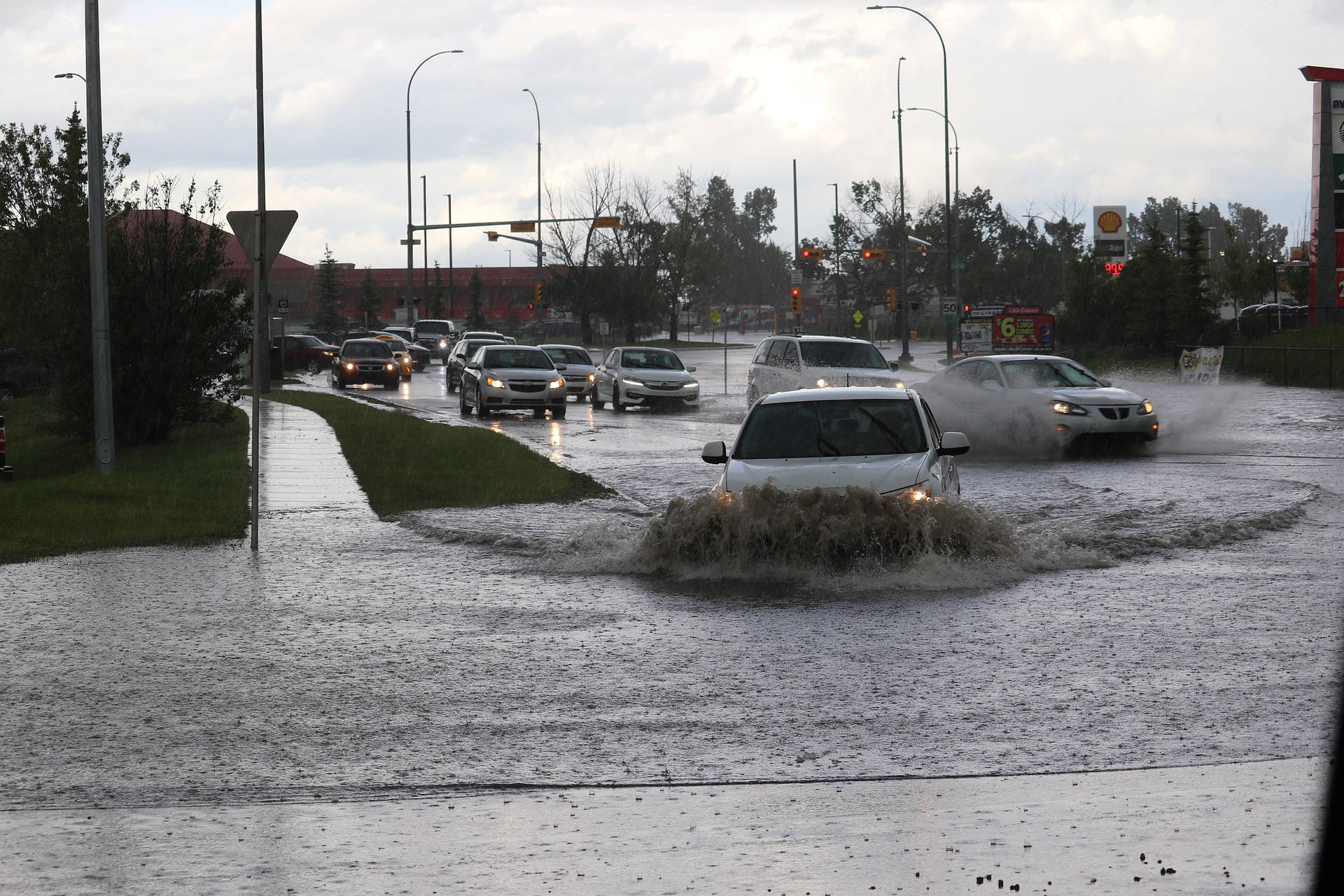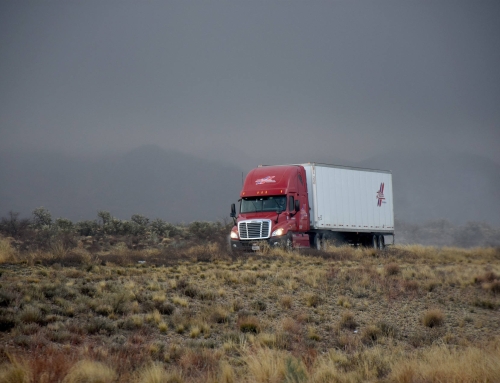Your residence is one of the most important investments you will ever undertake. Homeowners insurance helps protect that investment, potentially preventing minor incidents from turning into significant financial losses. However, standard homeowners insurance policies offer broad coverage but universally exclude flood damage. This coverage gap is why flood insurance exists. Let’s explore the essential differences between these two policies, examining what they cover and leave out.
Homeowners Insurance: Protecting Your Home from Common Risks
A homeowners insurance policy is designed to safeguard you from many potential risks that could damage your home and personal property. Generally, these policies cover incidents like fire, theft, vandalism, and certain types of water damage. However, one significant exclusion is flooding.
What Homeowners Insurance Covers
A typical homeowners insurance policy covers damages caused by sudden or accidental water events. If a pipe bursts and leads to flooding in your home, or if water seeps in through a gap in your roof due to a fallen tree, your homeowner’s insurance typically will cover the damage. Similarly, water damage from overflowing toilets or sinks may be covered if the overflow was accidental.
What Homeowners Insurance Doesn’t Cover
While homeowners insurance covers water damage under certain conditions, it does not cover water damage due to negligence or gradual deterioration. For instance, if you were aware of a roof leak but chose not to repair it, your policy may not cover any resulting damage. Furthermore, if the damage is due to normal wear and tear, homeowners insurance will usually not pay for the repairs to the source of the problem, such as an old roof or plumbing fixtures.
Flood Insurance: Filling the Coverage Gap
Flood insurance is a specialized form of protection covering losses from floods. This coverage safeguards your residence and possessions against water damage from external sources, such as increased water levels, overflowing rivers, or storm surges.
What Flood Insurance Covers
Flood insurance covers damages caused by overflowing a body of water, rainstorms that flood your yard, or rising groundwater due to weather events. Unlike homeowners insurance, which only covers certain types of internal water damage, flood insurance protects against external flooding that enters your property and causes damage. This includes floodwaters that seep in from nearby lakes, rivers, or even storm surges along coastal areas.
What Flood Insurance Doesn’t Cover
While flood insurance offers essential protection, it does have limitations. For instance, it typically does not cover destroyed cash, valuable documents, or financial records, such as checks, stock certificates, or other papers. Moreover, flood insurance excludes coverage for damage resulting from sewer backups unless the backup was directly triggered by flooding. Understanding these exclusions is essential so you can assess your overall risk and ensure you have adequate protection.
Homeowners Insurance vs. Flood Insurance: Key Differences
Understanding the differences between homeowners and flood insurance is essential for making an informed decision about coverage needs.
- Scope of Coverage: Homeowners insurance covers internal water damage due to accidental events like burst pipes but excludes flood damage. Conversely, flood insurance protects against damage caused by outside factors such as overflowing water or intense rainfall.
- Cause of Water Damage: If water damage is due to an internal problem, such as a leaky pipe, homeowners insurance may cover it. However, flood insurance will only provide coverage if the water damage results from an external flood event.
- Policy Requirement: While homeowners insurance is often required by lenders when you take out a mortgage, flood insurance is only mandatory if you live in a high-risk flood area. Even if it’s not required, it can still be a wise investment, depending on your location and risk factors.
Evaluating the Need for Flood Insurance
Deciding whether to add flood insurance to your protection plan depends on several factors, including location and overall risk. A representative from your homeowners insurance can assist in identifying whether your property is situated in a flood zone designated as high-risk. Homes near rivers, coastal regions, or areas susceptible to mudslides are generally at a higher risk of flooding. Nevertheless, flooding can happen in areas that aren’t designated as flood zones, so it is wise to consider getting flood insurance even if you’re not in a high-risk region.
Reading the Fine Print of Your Homeowners Insurance
Before purchasing homeowner’s insurance, carefully review your homeowner’s insurance policy. Many policies contain specific exclusions, such as damage from tidal waters or sewer backups. Knowing what your policy covers and excludes will help you decide about additional coverage.
Assessing Your Financial Preparedness for Flood Damage
Consider your financial ability to cover potential flood-related expenses. If you have a mortgage, your lender might require you to carry flood insurance, especially if you’re in a high-risk area. Even if you fully own your home, consider the expenses of flood insurance and the possible financial loss from flood damage that isn’t covered. Flood insurance premiums may seem like an additional expense, but they provide invaluable peace of mind in the event of a flood.
Final Thoughts: Protecting Your Investment
Grasping the distinction between homeowners and flood insurance is crucial for safeguarding your residence. Homeowners insurance addresses various forms of damage but does not include flooding coverage. Flood insurance fills this coverage gap, protecting external floodwaters that can cause devastating damage.
Whether in a high-risk flood zone or not, consider the peace of mind that flood insurance can bring. By evaluating your risks, understanding policy exclusions, and assessing your financial preparedness, you can make an informed choice to protect one of your most significant investments.




